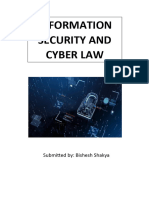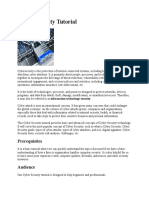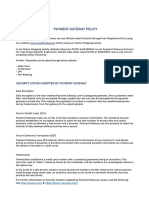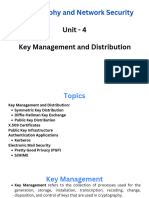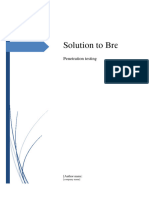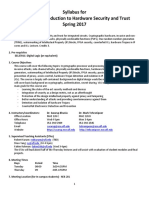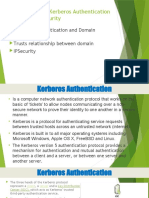0% found this document useful (0 votes)
32 views6 pagesComputer Security - A Comprehensive Overview
Computer security, or cybersecurity, is crucial for protecting systems and data from unauthorized access and threats, with a focus on the CIA triad: confidentiality, integrity, and availability. Common threats include malware, phishing, and insider threats, while various technologies like firewalls and encryption help mitigate risks. Best practices and frameworks guide organizations in establishing robust security measures, addressing emerging challenges like cloud security and ransomware evolution.
Uploaded by
comscialanmoraCopyright
© © All Rights Reserved
We take content rights seriously. If you suspect this is your content, claim it here.
Available Formats
Download as PDF, TXT or read online on Scribd
0% found this document useful (0 votes)
32 views6 pagesComputer Security - A Comprehensive Overview
Computer security, or cybersecurity, is crucial for protecting systems and data from unauthorized access and threats, with a focus on the CIA triad: confidentiality, integrity, and availability. Common threats include malware, phishing, and insider threats, while various technologies like firewalls and encryption help mitigate risks. Best practices and frameworks guide organizations in establishing robust security measures, addressing emerging challenges like cloud security and ransomware evolution.
Uploaded by
comscialanmoraCopyright
© © All Rights Reserved
We take content rights seriously. If you suspect this is your content, claim it here.
Available Formats
Download as PDF, TXT or read online on Scribd
/ 6








